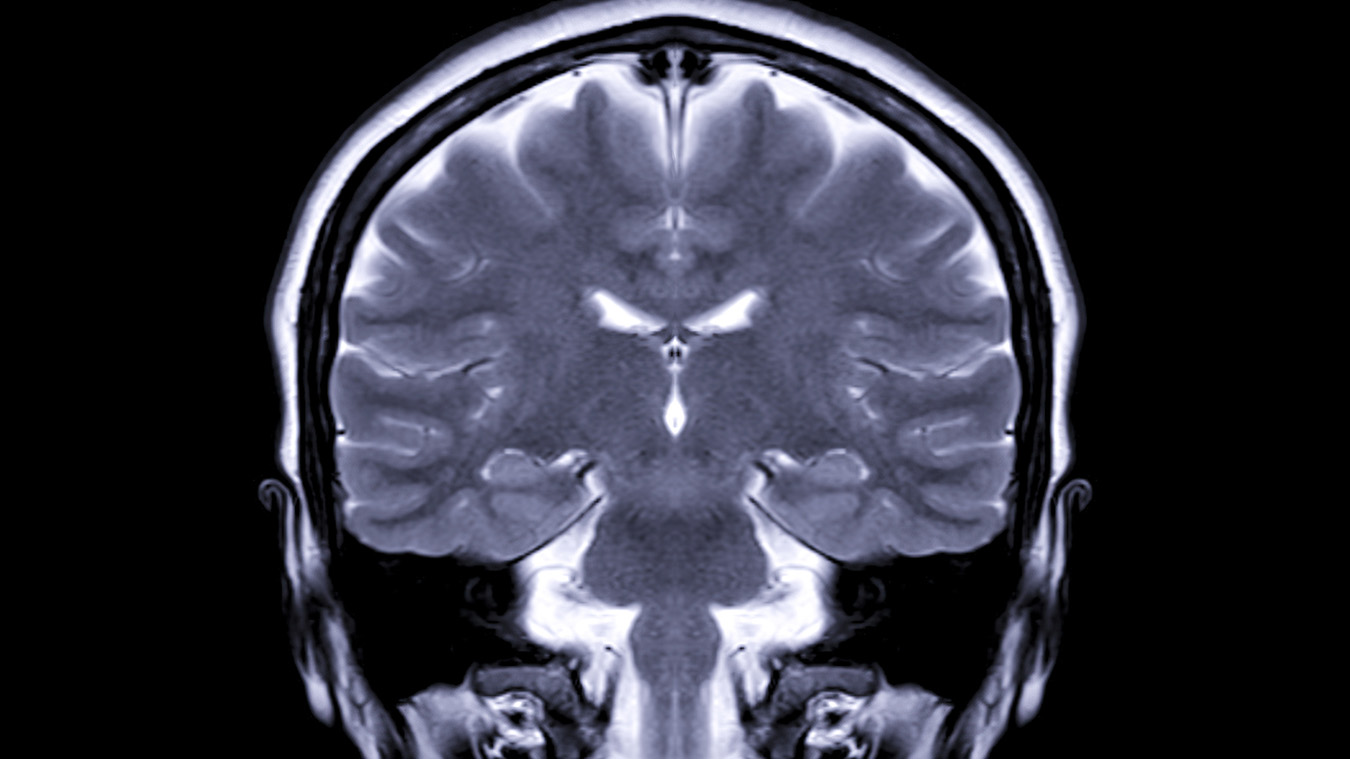TOLL FREE:
1-866-611-2665

Home BRAIN TUMOURS AND MRI
There are more than 120 different types of brain tumours, according to the Brain Tumour Foundation of Canada. Brain tumours occur when abnormal cells grow within or around the structure of the brain. Some are malignant and fast-growing, while others are slow-growing and benign (non-cancerous).
Almost two thirds of all brain tumours are benign. The most common type of malignant (cancerous) brain tumour is glioblastoma, which originates in the glial (supportive) tissue.
After a physical exam, medical imaging is often the next step in diagnosing a tumour. Magnetic resonance imaging (MRI) uses a strong magnetic field and radiofrequency waves to provide very clear images of the brain. It’s the preferred way to diagnose a brain tumour because of the great detail MRI can provide. During this procedure, a special dye called contrast maybe be injected to help enhance the area of concern.
Brain tumours can present with different symptoms, depending on where in the brain they are located. Some people may not have any symptoms, while others may have symptoms that worsen over time. Still others may feel perfectly fine then experience a sudden onset of symptoms, like a seizure. Below are common symptoms, which could be signs of a brain tumour (malignant or benign):
Most cancers are the result of many risk factors, but just because you have a risk factor doesn’t mean you will develop a tumour or cancer. Plus, cancer can develop in people without risk factors.
Common risk factors for brain and spinal cord tumours often depend on the type of cancer. Some are more common in children while others are more common in older adults. Men are more likely to develop most types of brain and spinal tumours, but a few, such as meningiomas, are more common in women.
Below are the most common evidence-based factors that can increase your risk for brain and spinal cord tumours:
Treatment decisions depend on the type of brain tumour and can take time. These decisions will be based on the type, size, grade, and location of the tumour, and your age and general health. However, surgery, radiation therapy, and chemotherapy are the standard treatments for primary malignant brain tumours.
To determine which imaging type is appropriate for your circumstances, a health care practitioner will review the risks and benefits associated with each type of imaging and determine whether MRI will provide the most valuable information.
MRI exams are available in hospitals and covered under the Alberta Health Care Insurance Plan, but they can also be performed as private pay exams which complement the public health care system.
In Saskatchewan, Mayfair Diagnostics provides MRIs as publicly funded, community-based services under contract with the Saskatchewan Health Authority and as a private pay exams. They are offered at our Saskatoon and Regina locations.
In Alberta, Mayfair provides both 1.5T and 3T MRI services. These private pay exams are offered at our Mayfair Place location and are not covered by Alberta Health Care.
Whether public or private, medical imaging must be requested by a health care practitioner who will provide a requisition. Mayfair Diagnostics will schedule your exam and provide you with detailed information to prepare for it. Once your exam is completed, your images will be reviewed by a specialized radiologist who will compile a report that is sent to your doctor.
Mayfair Diagnostics is owned and operated by over 60 radiologists who are sub-specialty trained, including neuroradiology specializations. This guarantees an expert opinion of your imaging. For more information about what happens during these exams, visit our services page.
American Society of Clinic Oncology (2021) “Brain Tumor: Diagnosis.” www.cancer.net. Accessed June 21, 2022.
Brain Tumour Foundation of Canada (2022) “Facts About Brain Tumours.” www.braintumour.ca. Accessed June 21, 2022.
Brain Tumour Foundation of Canada (2022) “Treatment.” www.braintumour.ca. Accessed June 21, 2022.
Canadian Cancer Society (2022) “Risks for brain and spinal cord tumours.” www.cancer.ca. Accessed June 21, 2022.
Markman, M. (2022) “Brain cancer types.” www.cancercenter.com. Cancer Treatment Centers of America. Accessed June 21, 2022.
Our Refresh newsletter delivers the latest medical news, expert insights, and practical tips straight to your inbox, empowering you with knowledge to enhance patient care and stay informed.
By subscribing to our newsletter you understand and accept that we may share your information with vendors or other third parties who perform services on our behalf. The personal information collected may be stored, processed, and transferred to a country or region outside of Quebec.
Please read our privacy policy for more details.